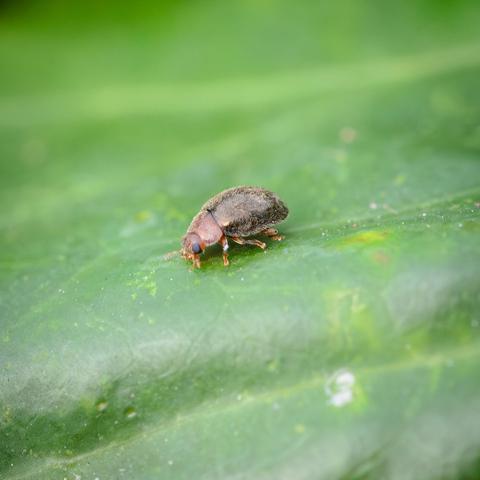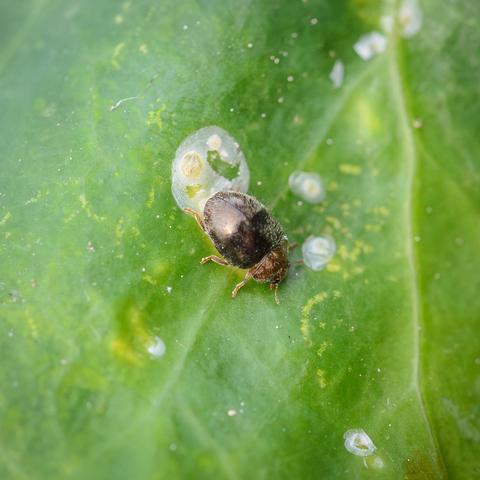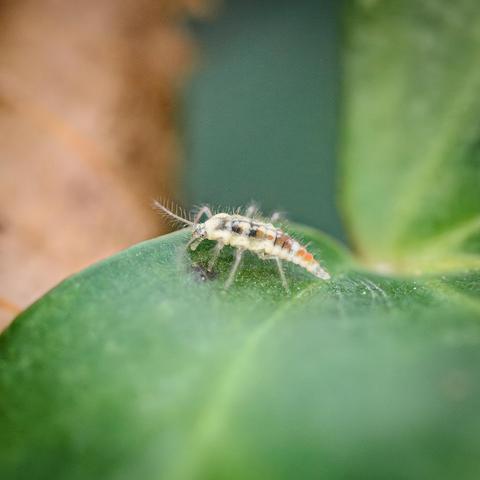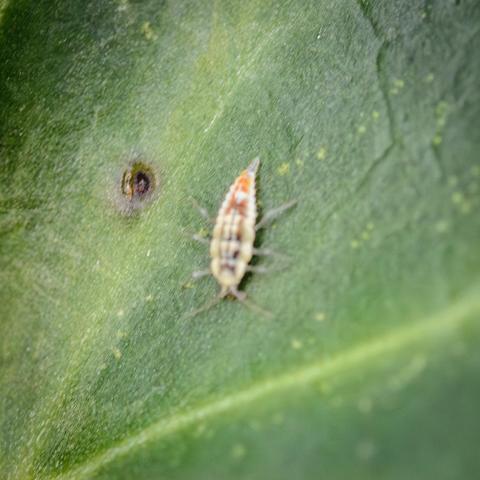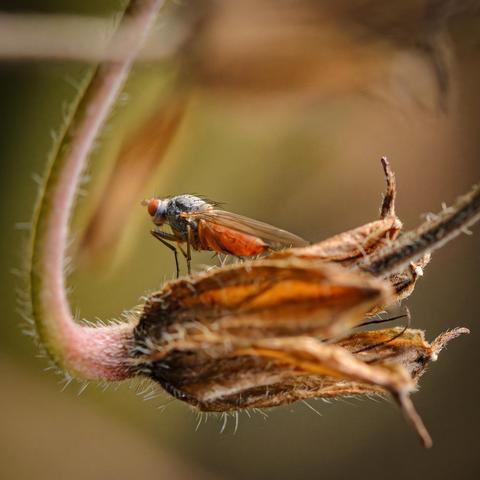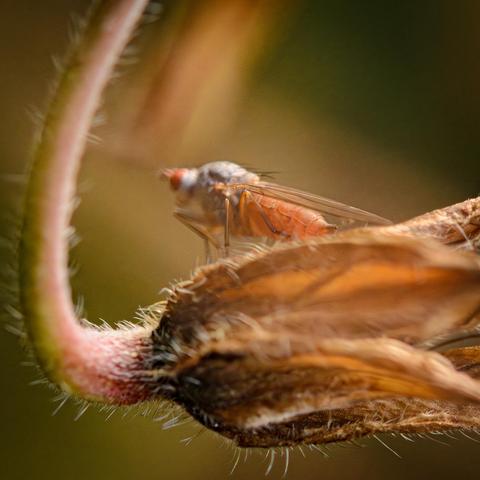Here's a wacky one from the garden today 😳
Fairly sure this tiny, fast-moving beetle is a purple scale predator or scale-eating ladybird (Rhyzobius lophanthae).
Native to Australia, it was introduced to the US in the 1890s to manage olive scale, & has also been found in Europe in the past 20 years.
Most observations on iNaturalist for this part of DE were made this year.
#Heidelberg 🏰
#Photography 📷️️️️️️️️️️️️️️️
#BugOfTheDay 🐞
#MacroPhotography 🔬
#InsectsOfMastodon 🕷️
#BackGardenEntomology 🪲
